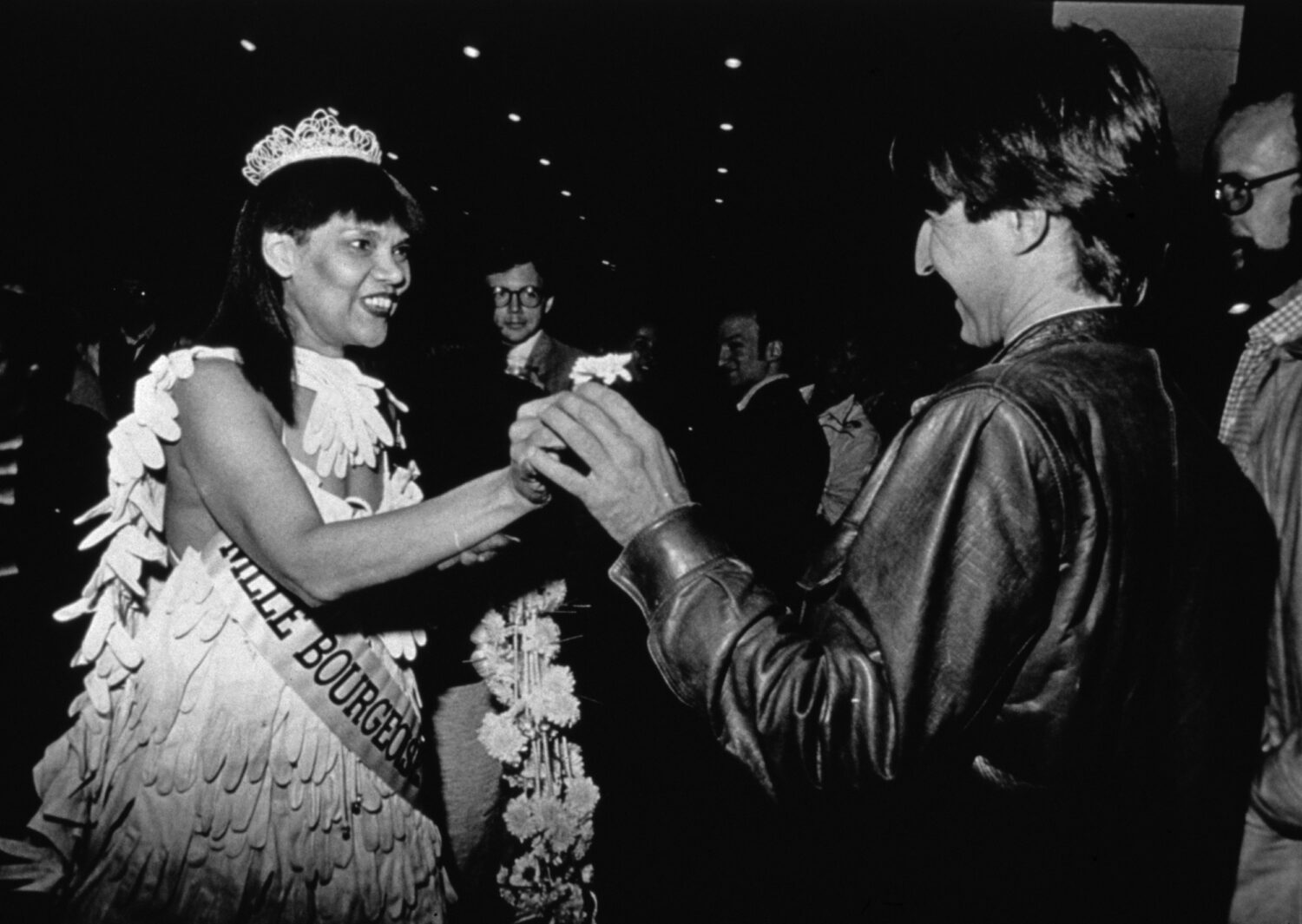Remembering Lorraine O’Grady (1934–2024)
By Keshav AnandA transformative figure in America’s contemporary art landscape, Lorraine O’Grady’s contributions—developed over the course of a nearly five-decade spanning career—redefined the parameters of conceptual and performance art. Last week, on 13 December 2024, O’Grady passed away of natural causes at her home in Manhattan, aged 90.
Her work reminds us that art is not merely a reflection of the world but a call to reshape it. Her fearless engagement with issues of race, gender, and identity has influenced generations of artists to confront injustice and imagine new possibilities. In her words, “Art’s first goal is to remind us that we are human, whatever that is.” With O’Grady’s passing, the world has lost a singular visionary, but her legacy endures.
Born on 21 September 1934, in Boston, Massachusetts, to Jamaican parents Edwin and Lena O’Grady, Lorraine O’Grady’s upbringing—steeped in the duality of Caribbean and American cultures—profoundly shaped her exploration of identity and hybridity. Through her use of performance, photography, video, and critical writing, O’Grady interrogated the construction of Black female subjectivity and the complexities of diaspora. The artist sought to dismantle entrenched narratives in the art world, illuminating the nuanced intersections of race and gender.
O’Grady’s journey to art was an unconventional one. A graduate of Wellesley College with a degree in economics and a minor in Spanish literature, she initially pursued careers in government intelligence, literary translation, and even rock criticism. It wasn’t until she was 45 years old that she fully embraced art. This late-blooming entry into the field informed her work’s intellectual rigour and emotional depth, blending lived experience with incisive critique.

In 1980, O’Grady unveiled one of her most iconic works: the persona of Mlle Bourgeoise Noire. Dressed in a gown and cape made of 180 white gloves, she crashed art openings, reciting protest poetry and whipping herself with what she called “the whip-that-made-the-plantations-move.” Through this provocative character, O’Grady critiqued the exclusion of Black artists from mainstream institutions while also holding Black art spaces accountable for their insular practices. Her performances were bold, confrontational, and deeply poetic, disrupting complacency in both audiences and institutions.
This persona extended beyond performance into curatorial practice. In 1983, O’Grady organised The Black and White Show, an exhibition that juxtaposed works by Black and white artists, demonstrating the power of dialogue and collaboration across racial lines. Her ability to weave performance, critique, and curation was emblematic of her belief in art as a dynamic, communal practice.

Perhaps O’Grady’s most celebrated work is her 1983 performance Art Is…, a participatory piece staged during Harlem’s African American Day Parade. A golden picture frame mounted on a parade float became a lens through which performers and onlookers were invited to see themselves as art. Surrounded by 15 young Black and Latino performers carrying smaller frames, O’Grady extended the idea that art resides not in the elite spaces of museums but in the lives and communities of everyday people.
Beyond her visual art practice, O’Grady was a prolific writer whose essays, such as Olympia’s Maid: Reclaiming Black Female Subjectivity, became foundational texts in feminist and postcolonial discourse. Her writings examined the representation of Black women in art history and media, advocating for narratives that centre their agency and complexity. Her collected essays, published in 2020, remain a vital resource for artists and scholars.

A retrospective of O’Grady’s work was held at the Brooklyn Museum in 2021 and later at Wellesley College’s Davis Museum in 2024, offering a comprehensive view of her radical oeuvre. She was included in landmark exhibitions like the Whitney Biennial and WACK! Art and the Feminist Revolution, and her work is housed in major collections, including the Museum of Modern Art in New York, and the Art Institute of Chicago.
O’Grady often described her practice as inhabiting a space of “both/and”—rejecting binary thinking in favour of embracing contradictions and multiplicity. This philosophy was not only evident in her art but also in her life, which spanned disparate fields and disciplines. She continually redefined herself. Even in her final years, O’Grady remained active, debuting new personas like the Knight, clad in armour and wielding symbols of resilience and power. Her ability to reinvent herself while staying rooted in her core principles is a testament to her creative vitality.
Feature image: Lorraine O’Grady, Art Is… (Troupe Front), 1983. Courtesy Alexander Gray Associates, New York / © 2022 Lorraine O’Grady / Artists Rights Society (ARS), New York